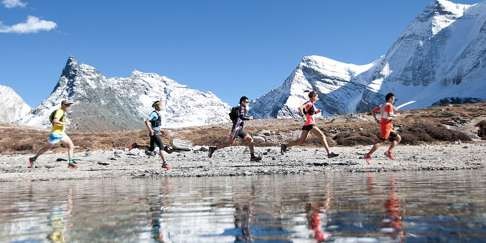
Sky’s the limit for China as it bursts onto the world trail-running scene
With 225 national parks, diverse topography and strong roots in world-class adventure races, the Yading Skyrun puts the Middle Kingdom on the map
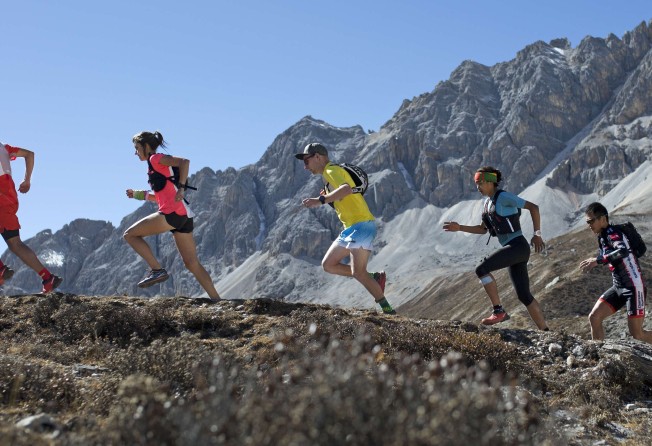
For years, scrawny runners, clad in little more than running vests and shorts, have gathered at the base of mountains around the world to challenge themselves in the Skyrunner World Series. Last month, the first race of the 2016 season was no different – except that it was held in China.
The 29-kilometre Yading Skyrun, in Sichuan’s mountainous Daocheng, is the first race in mainland China to be included in the International Skyrunning Federation’s world series.
“It seems to me like China just, you know, hopped on the map for trail running,” said world-ranked number two Megan Kimmel, of the US. “The race standard and organisation was completely on par with the top races in the world.
“I got a dose of how big and beautiful China is and I would love to experience more of it.”
Raced over a course rising to 4,664 metres amidst snow-capped peaks, Nepalese dark horse Bhim Gurung pipped world-ranked number one Tadei Pivk by less than two minutes for podium glory.
The reality of China’s emergence in trail running is like an enthusiastic dive-bomb into an empty swimming pool.
“It’s a running psychosis,” says Pavel Toropov, an aspiring professional runner who moved to China in 2009 to study Chinese and to run.
English born Toropov didn’t expect the hobby to turn into a career. These days he works as a guide and is in hot demand organising trail races on the mainland and trying to encourage more Westerners to take part.
“From only a handful of races four years ago you now have easily 80, maybe 100 races,” says Toropov, eagerly showing off his “epao” (literally “e-running”) mobile app, teeming with a list of China’s outdoor races, complete with one-click registration and interactive maps.

It’s part of a 17.06 billion yuan outdoor industry, as measured by China’s Outdoor Industry Association, which predicts those numbers will reach 69 billion by 2024.
“People [in China] have money now,” Toropov says. “A certain threshold has been met in people’s consciousness and standard of living – they’ve found this thing called ‘running’, and have realised it’s really great.”
A running hysteria has taken hold in China’s affluent cities and is rapidly progressing to its outdoors.
According to a report published by Nielsen in January, chances are if you live in one of China’s mega cities, are well educated and are male, you run.
And more than one in four of those 3,459 China’s runners interviewed are considering taking part in an ultra marathon in the coming year.
“This year, every weekend there are many races around China, including many 100km races,” says Wei Jun, 35, a pioneer of China’s outdoors who worked with the China Mountain Association since 2003 until last year when he started his own company Global Xtrail Sports.
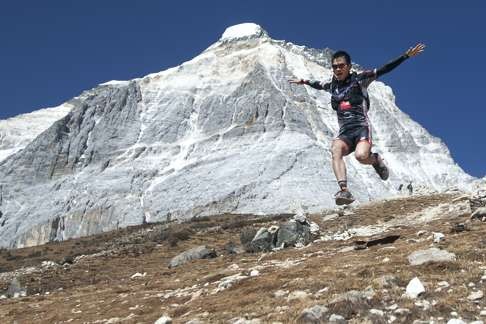
But of all the races being held right now, “at least 50 per cent of them are not very good. Many race organisers have only raced for one to two years before they decide to hold a race,” laments Wei.
Toropov says: “Anyone who’s anybody in China’s running scene has their own race. Some people have boats, some people have cars, and some guys want a race.
“It’s a joke. In Hangzhou, there are so many races in some places there are eight different markings on the trails.”
And while some races, like the Yading Skyrun, are world class, others are downright “dangerous”, cautions Toropov.
“You have a lot of people who don’t know what they’re doing – runners and race organisers. And in the mountains, if things line up – bad weather, the wrong gear, exhaustion – like holes in Swiss Cheese, someone gets hurt.”
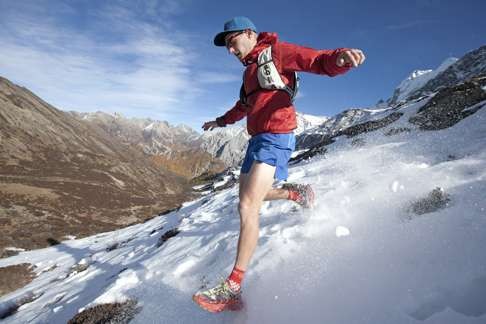
The race ended up a perilous mud bath, with abandoned checkpoints, no water or supplies, and almost a quarter of participants aborting the race and being rescued by emergency services. A group of over 100 runners have since filed a complaint with the relevant bodies demanding refunds.
“There are no regulations – anyone can organise a race in China,” says Wei.
Toropov adds: “It’s a problem of growing pains and greater Chinese development. But there are some really fantastic race organisers in China who don’t have any of those problems, and they’re learning very quickly.”
Zhao Xiaozhao, 33, a Chinese runner who also works in translation for international sports companies, believes ecological concerns are holding China back from becoming a world-class destination.
“With accelerating urbanisation, the trails are vanishing while paved roads are being widely built, leaving little room for holding a trail race,” he says.
“For example, in The North Face 100 Beijing [a 100 kilometre ultra outside of Beijing], around 35 to 45 per cent of the course is cement.
“And if you want to design a route with more trail and less cement, you have to choose a place far from cities and populated zones, which usually means inferior infrastructure, limited accommodation for participants and language barriers for overseas runners.”
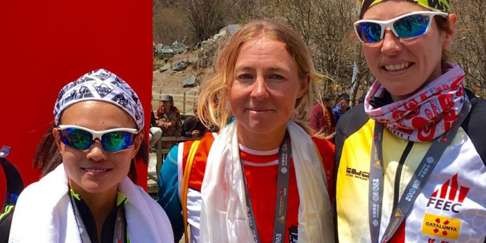
“[Trail running is definitely still at a developmental stage in China,” says race director Janet Ng, China representative of the International Trail Running Association, an organisation dedicated to promoting trail running standards around the world.
“To be successful, [China’s trail running] still needs a combination of a lot of factors: the nurturing of a healthy trail running culture, know-how to organise a safe and high quality event as well as to train and race well, support from local government and local community, cooperation and mutual assistance amongst race organisers, good direction for the sport and those participating in it.”
Thomas Cai, founder of the China Mountain Trails who organised the Yading Skyrun, has a vision to make his races the best in the country, lead the way, and promote China trail running to the world.
“There’s huge potential for trail racing in China. We hope to showcase the best China has, while delivering unparalleled event quality.”
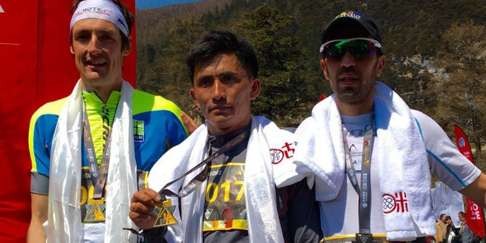
“I think it highlights how serious we are about making this the best race series possible.”
Others, like Toropov, are less enthusiastic. “This initial psychosis will wear off. At the end of the day, it’s hard to race in China – there’s an obvious language barrier.
“You need a visa. And for races in the interior, you need to book an internal flight, and someone has to book it for you – or you could just go to the Switzerland or the States, where it’s much easier.”
Ng, meanwhile, believes in China’s potential as a premier racing destination. “It is hard to say when everything will come together, but I’m convinced the day can come.”